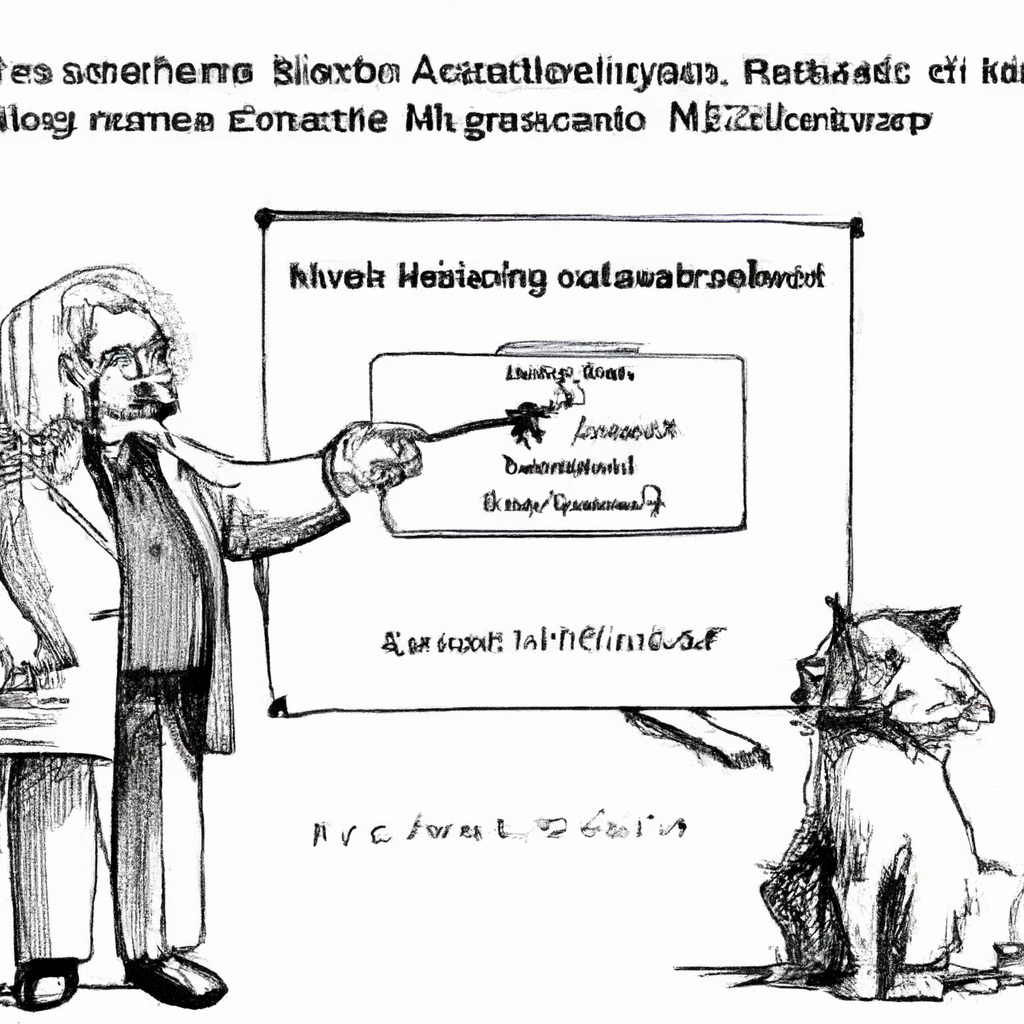
Title: Unveiling the Mysteries of Artificial Intelligence for Beginners
Artificial intelligence (AI) is an exciting and rapidly evolving field that has the potential to revolutionize many aspects of modern life. From self-driving cars, smart personal assistants like Siri or Alexa, to advanced predictive analytics in healthcare and finance – AI is everywhere. Despite its increasing ubiquity, understanding AI can seem daunting for beginners due to its complexity and technical jargon.
This article aims to demystify AI by providing a beginner-friendly overview covering key concepts one needs to grasp when stepping into this fascinating world.
Understanding What Artificial Intelligence Is
At its core, artificial intelligence refers broadly to machines programmed with capabilities that mimic human cognitive functions such as learning from experience (machine learning), understanding natural language (natural language processing), recognizing patterns or objects (computer vision), problem-solving etc., all aimed at accomplishing specific tasks effectively without explicit instructions.
Different Types of Artificial Intelligence
There are three types of artificial intelligence: narrow AI designed for a specific task such as voice recognition; general AIs which possess broad abilities equaling human intellectual capacity across various tasks; superintelligent AIs surpassing humans in most economically valuable work areas. As it stands now, only narrow AIs have been successfully developed while general and superintelligent AIs remain largely theoretical constructs.
Getting Started With Machine Learning
Machine Learning(ML) forms the backbone behind much of what we refer today as ‘AI’. It involves algorithms trained on data sets so they can make predictions or decisions without being directly coded.
For instance, consider creating an email filter system identifying spam mails:
– First step would be ‘Training’ where you input thousands of emails marked either “spam” or “not spam”.
– The machine uses these examples given during training phase comprehending distinguishing features between both categories.
– In ‘Testing’ phase some new unseen emails are introduced where ML model predicts their category based on its training.
– Continuous correct predictions over time validate the model’s ‘Learning’ phase.
Python is a popular language for ML due to its simplicity and powerful libraries such as Scikit-Learn, TensorFlow, PyTorch etc. Online courses on websites like Coursera or Kaggle offer excellent starting points for beginners in machine learning.
Understanding Natural Language Processing (NLP)
Natural Language Processing involves machines interpreting human languages. It powers applications like chatbots, voice assistants, automatic translators etc.
For instance:
– To build a simple Chatbot using Python you could start by importing necessary NLP tools from NLTK(Natural Language Toolkit) library.
– Then define some predefined responses your bot can use to answer user queries
– Using Tokenization(splitting sentences into words), Stemming(removing prefixes/suffixes from words) and other NLP techniques process user input
– Finally based on processed input match an appropriate response
Exploring AI Ethics
It’s important not just understanding how AI works but also considering ethical implications of these technologies – issues around data privacy, job displacement through automation or potential misuse of powerful AIs are all valid concerns necessitating responsible usage guidelines when developing AI systems.
Artificial intelligence may seem complex at first glance but once fundamental concepts are understood it becomes an exciting field ripe with possibilities. Patience coupled with continuous learning will help any beginner find their footing in this dynamic landscape that is reshaping our world today.
Artificial Intelligence is widely used in the healthcare industry. For instance, AI algorithms can be utilized to analyze vast amounts of medical data and provide insights into potential health risks or flag abnormalities in tests like mammograms, MRI scans, etc. This could help doctors diagnose diseases at an early stage and deliver more effective treatment plans. Furthermore, AI-powered chatbots can assist patients by answering their queries 24/7, scheduling appointments with doctors or reminding them about medication intake on time which significantly improves patient care services.






